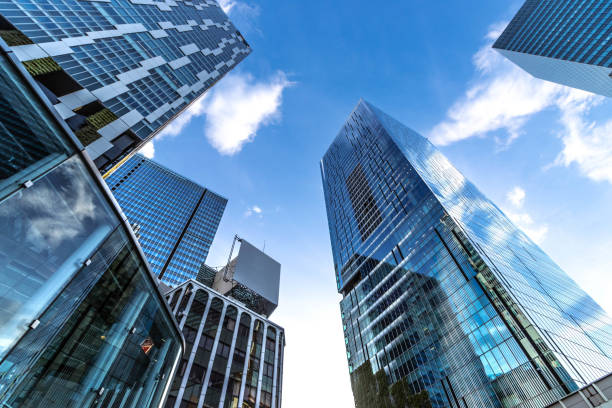High-rise buildings have long been symbols of human ambition and ingenuity, stretching skyward as a testament to technological advancement and architectural prowess. In recent years, the field of high-rise design has experienced significant innovation, driven by the demands of sustainability, technological integration, and the use of cutting-edge materials. These trends are shaping the future of urban landscapes, creating buildings that are not only taller but smarter and more sustainable.
Sustainability in the Sky
Green Building Practices
One of the most notable trends in high-rise design is the emphasis on sustainability. Architects and engineers are increasingly employing green building practices to minimize the environmental impact of skyscrapers. This includes using energy-efficient systems, such as advanced HVAC technologies, solar panels, and wind turbines, to reduce energy consumption. Water conservation techniques, like rainwater harvesting and greywater recycling, are also being incorporated to enhance sustainability.
Innovative Materials for Eco-Friendly Construction
The use of innovative materials plays a crucial role in sustainable architecture. Materials like cross-laminated timber (CLT) and recycled steel are gaining popularity due to their lower carbon footprint compared to traditional concrete and steel. CLT, for instance, is not only sustainable but also lightweight and strong, making it an ideal choice for constructing high-rise buildings with reduced environmental impact.
Technological Integration
Smart Building Systems
The integration of technology into high-rise design has revolutionized how these buildings operate. Smart building systems allow for real-time monitoring and control of various building functions, improving efficiency and comfort for occupants. From automated lighting and climate control to high-speed elevators, technology is enhancing the functionality and sustainability of skyscrapers.
Advanced Construction Techniques
The construction of high-rise structures has also been transformed by technology. The use of the potain self-erecting tower crane, for example, has streamlined the building process by allowing for quicker and safer assembly of skyscrapers. These cranes are particularly useful in urban areas where space is limited, providing an efficient solution for modern construction challenges.
Innovative Design Approaches
Adaptable and Flexible Spaces
Modern high-rise designs are increasingly focused on adaptability and flexibility. Architects are creating spaces that can easily be reconfigured to meet changing needs, whether it’s for residential, commercial, or mixed-use purposes. This adaptability is crucial in urban environments, where space is at a premium and demands are constantly evolving.
Biophilic Design Elements
Biophilic design, which incorporates natural elements into the built environment, is becoming a popular trend in high-rise architecture. By integrating features like vertical gardens, green walls, and natural lighting, architects aim to create healthier, more pleasant living and working spaces. These elements not only enhance aesthetic appeal but also improve air quality and well-being for occupants.
The Future of High-Rise Design
As urban populations continue to grow, the demand for high-rise buildings will only increase. The future of high-rise design will likely be characterized by an even greater integration of technology and sustainability. Concepts like self-sufficient buildings, which generate their own energy and manage their own waste, are already beginning to take shape.
Moreover, advances in materials science and construction technology will allow for the creation of taller and more resilient structures. The use of artificial intelligence and machine learning in design and construction processes will further enhance efficiency and innovation.
In conclusion, the breakthrough trends in high-rise design are paving the way for a future where skyscrapers are not only architectural icons but also models of sustainability and technological innovation. As architects and engineers continue to push the boundaries of what is possible, the skyline of tomorrow promises to be more dynamic, efficient, and sustainable than ever before.

